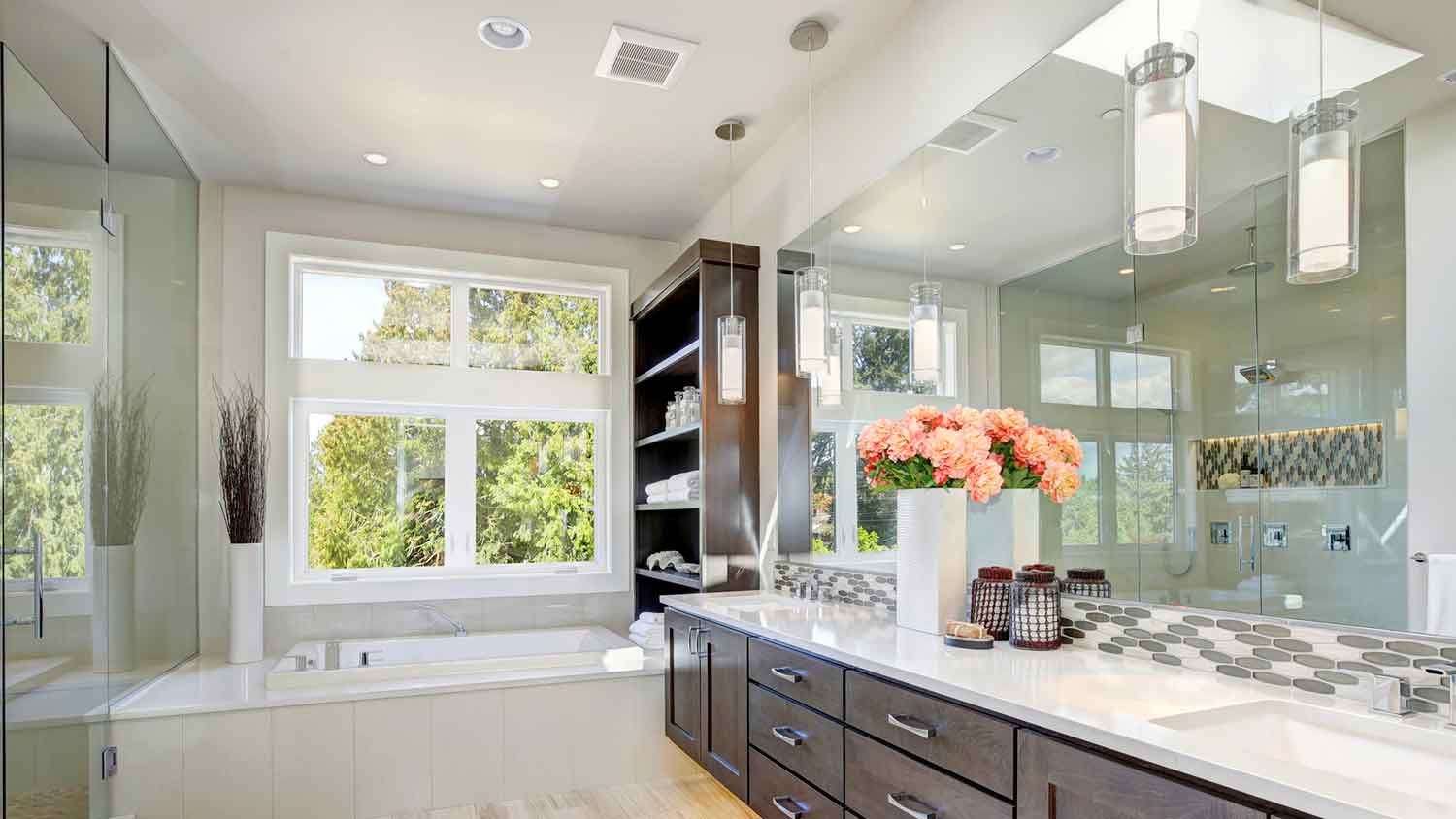Air Duct vs. Air Vent: Key Differences Between These HVAC System Parts
These terms sound similar, but they’re very different


Air ducts are passageways for air from the HVAC unit to travel through the home.
Air vents are openings from the ductwork to each room.
Both parts are essential for controlling temperature in the home.
Regular cleaning of air ducts and vents is critical for system efficiency.
You may have heard or even used the words air ducts and air vents used interchangeably, but these two parts of the HVAC system are very different. They work together to supply your home with heated or cooled air from your furnace or AC, but they aren’t the same. That means you must adopt a different approach to cleaning, maintaining, and replacing these parts. Read on to learn the major differences between an air duct and an air vent, from what they look like to how much each costs.
What Is an Air Duct?
Think of an air duct as a passageway for your HVAC system. It distributes heated or cool air throughout your home, regulating indoor temperature and air quality. Ducts also return stale indoor air for filtration and reconditioning. They are typically made of flexible plastic, sheet metal, and even fiberglass.
What Is an Air Vent?
Air vents are openings that allow air to flow in and out of indoor spaces. They help with regular airflow, ensuring air circulation and temperature control throughout your abode.
They come in various types, including supply vents, which deliver conditioned air, and return vents, which pull air back into the system for filtering and reconditioning. Vents often feature grilles or registers to control airflow direction and volume.
Air Ducts vs. Air Vents: Key Differences
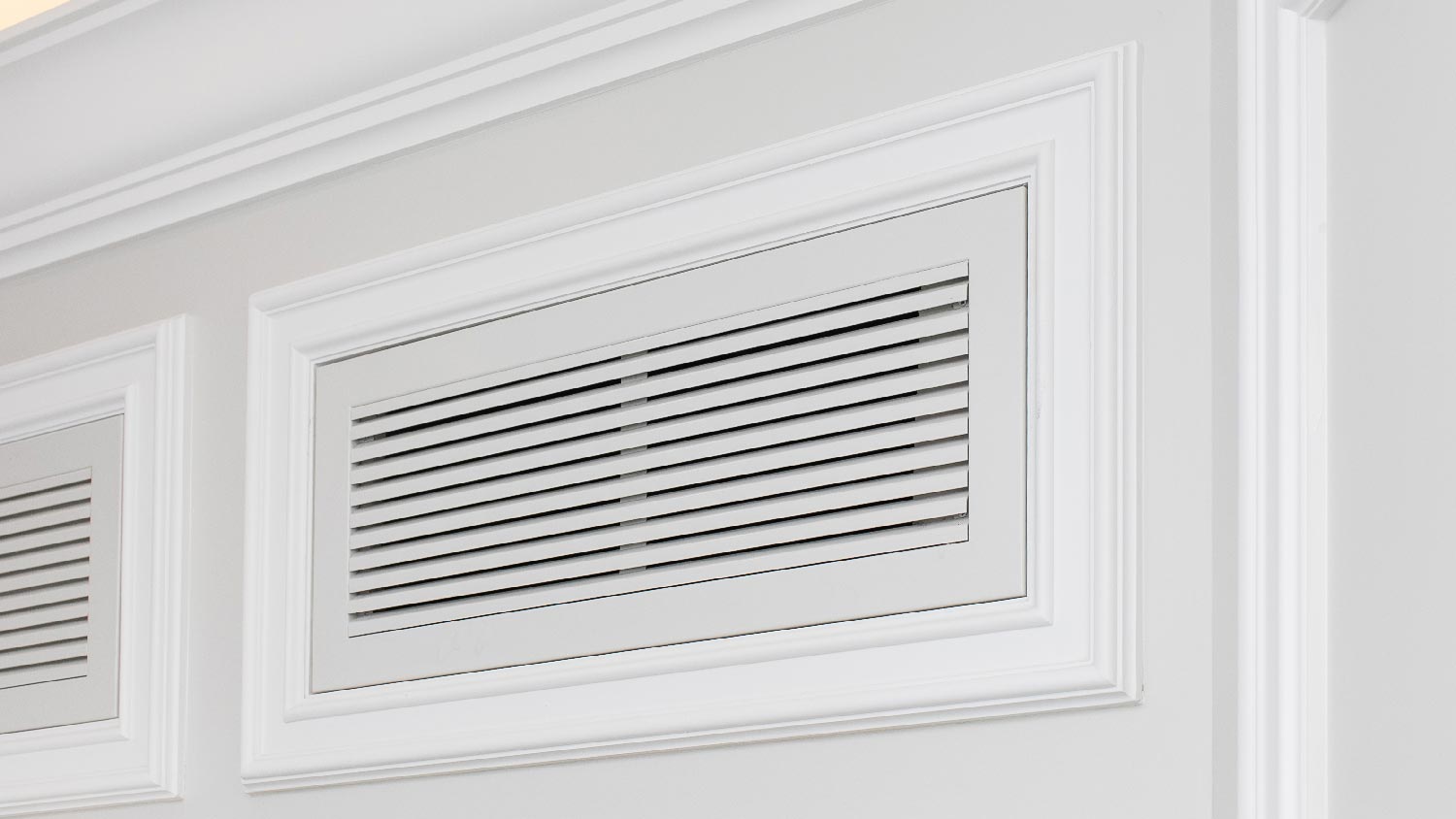
Air ducts and air vents are both essential parts of any HVAC system. These components help distribute warm or cool air from the HVAC unit(s) throughout the home to keep your family comfortable year-round.
Here is a breakdown of their key differences and functions.
| Type of Difference | Air Duct | Air Vent |
|---|---|---|
| Purpose | Move air around the home | Release air in rooms |
| Size | Larger, customizable | Smaller, standard |
| Material | Variety | Variety |
| Lifespan | 10 – 15 years | 15+ years |
| Maintenance | Clean 3 – 5 years | Clean monthly |
| New part cost | $1,400 – $9,000 | $30 – $120 each |
| Maintenance cost | $150 – $780 | $25 – $50 each |
Air Ducts vs. Air Vents: Difference in Purpose
Air ducts are the passages moving air from the furnace or air conditioner through the home. The air vents are covered at each opening where the air ducts connect to rooms. Air vents often have operable slats for opening or closing vents in unused rooms (although, keep in mind this can wear down HVAC parts like the coils and motor.
Air Ducts vs. Air Vents: Difference in Appearance
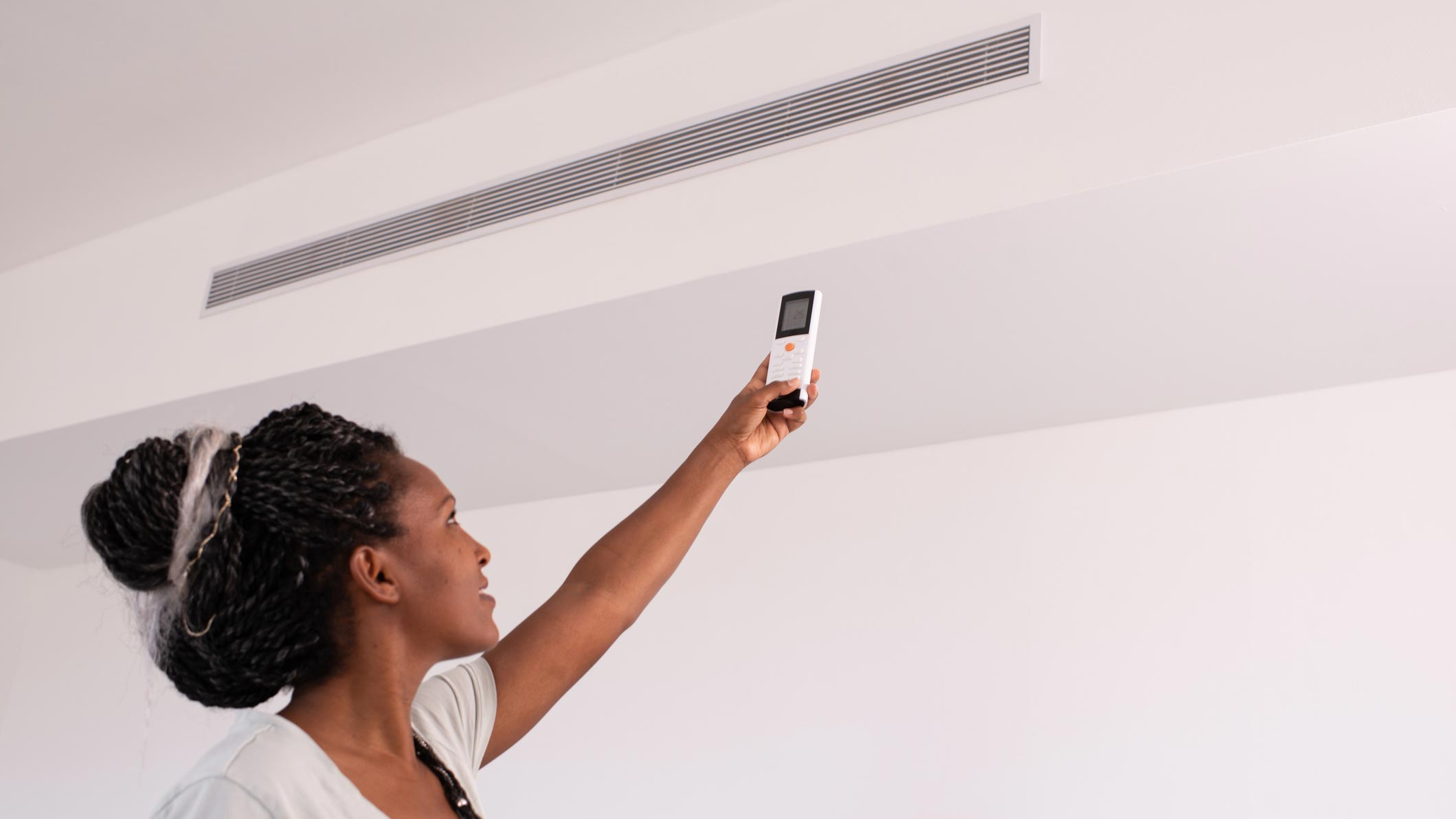
Air ducts and air vents look entirely different. Air ducts are round or rectangular and long, forming a network of air passages throughout the home. Air vents are flat covers on a wall, ceiling, or floor where the air duct connects to a room.
Size
Air ducts come in many sizes and will extend several linear feet throughout the home. Standard air duct opening sizes range from around three inches by seven inches to 35 inches by 40 inches for rectangular air ducts or about four to 41 inches in diameter for round air ducts.
Air vents come in standard sizes and will correspond with the size of your air ducts. Air vents are typically available in four-by-10 inches, four-by-12 inches, six-by-10 inches, or six-by-12 inches, although you can also find smaller or larger air vents.
Material
Air ducts come in various materials with varying weights, flexibility, energy efficiency, and durability. Options include non-insulated or insulated flexible air ducts, fiberglass, or sheet metal in galvanized steel, carbon steel, stainless steel, or aluminum.
Vent materials also come in various materials, including plastic, steel, aluminum, cast iron, or brass.
Air Ducts vs. Air Vents: Difference in Life Span
Air ducts will typically last about 10 to 15 years before you need to replace them. That’s because no matter what material they are made from, they are exposed to many pollutants and experience a lot of wear and tear over the years. Old ductwork is prone to leaks and reduced efficiency.
Air vents are just covers over the opening of the air duct, so their life span depends on what material they are made out of, how often you clean them, and how frequently you open or close them. Most air vents with regular cleaning will last 15 or more years. Homeowners may update air vents based on updated style preferences before they stop functioning properly.
Air Ducts vs. Air Vents: Difference in Maintenance
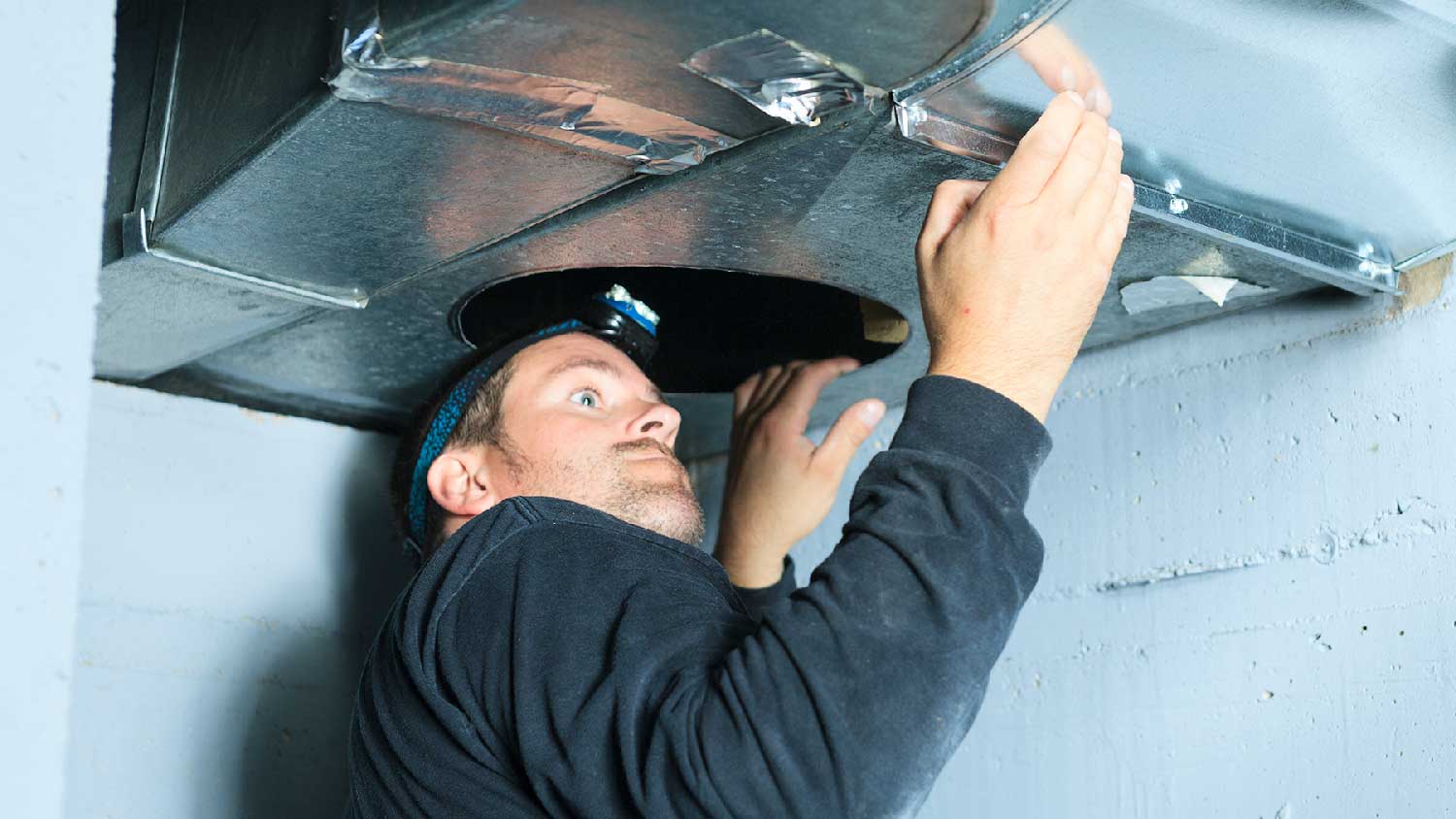
Air ducts and air vents require ongoing maintenance, but there are some critical differences in frequency and ability to DIY.
Air ducts should be inspected by an HVAC professional about once per year. The HVAC professional can check for buildup inside the ducts and any damage or leaks that could make your system work less efficiently. Inspections and air duct cleaning need to be handled by a professional with the proper training and equipment to check inside the ducts.
Air vents are easier for homeowners to maintain themselves. Dusting or vacuuming the surface of your air vents about once per month will help keep them clean. You can inspect air vents for damage, like corrosion or dust buildup.
Air Ducts vs. Air Vents: Difference in Costs
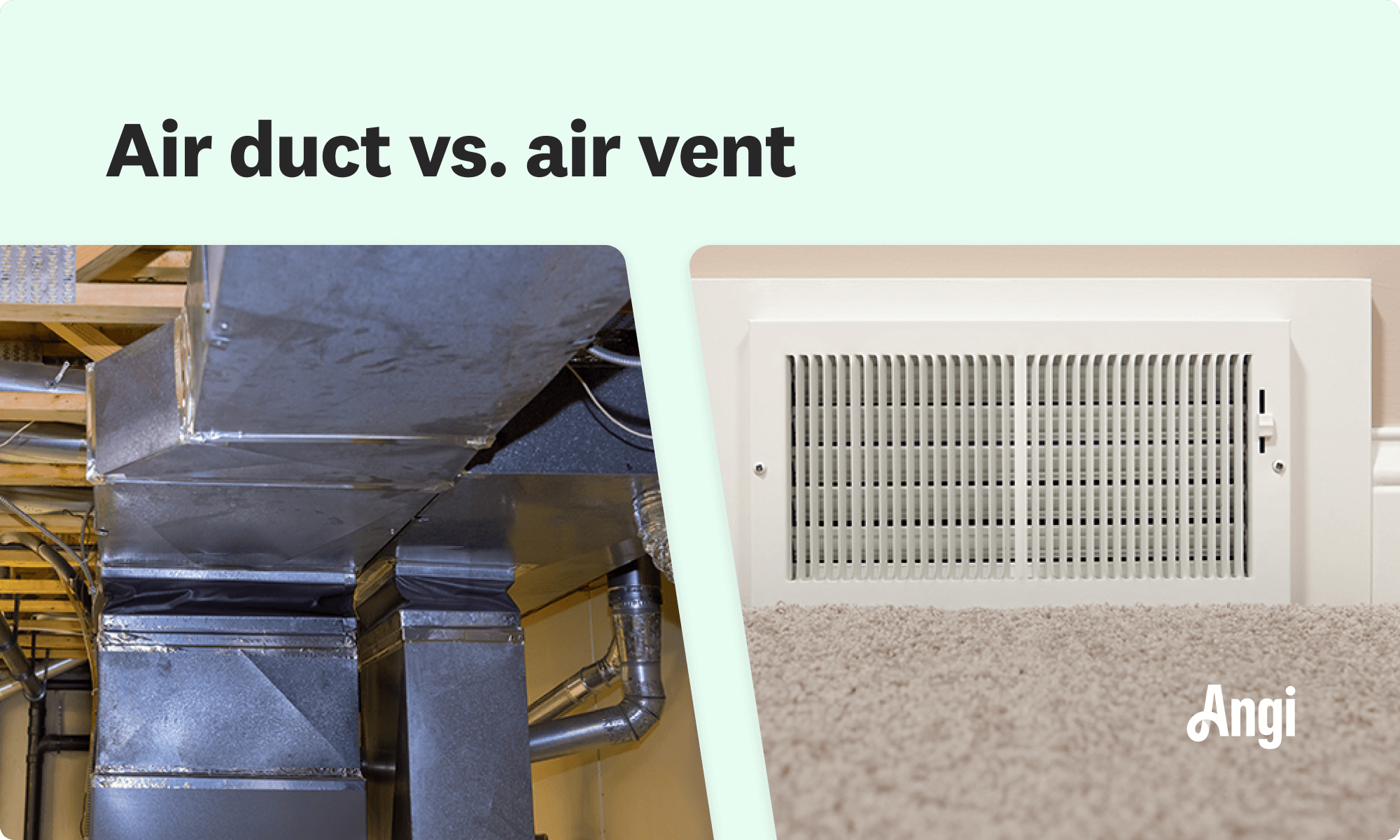
Air ducts and vents come at different costs for installation and ongoing maintenance. If you plan to add new air vents, you must also pay for added air ducts.
New Parts
Air duct replacement costs about $1,400 to $9,000, depending on the type of air ducts, the size of your home, and how much insulation is required.
New air vent covers cost about $30 to $120 each. But if you plan to add a new air vent where one doesn’t already exist, you’ll pay about $200 to $500 for the vent, plus around $1,000 to $9,000 for new air ducts to connect the vent to the rest of the home’s ductwork.
Although you can typically install a new vent cover independently, a professional must install new ductwork. Many municipalities prohibit DIY ductwork installation, which could cause you to fail home inspections. Even if it’s legal in your city, improper installation could damage the air ducts or leave gaps, causing air leaks that will significantly increase your energy bills. Instead, hire a professional duct installer near you to ensure this job is done correctly.
Cleaning and Maintenance
Air duct cleaning costs $150 to $800, and this job has to be done by a professional air duct cleaner. This should be done about every three to five years. You can also schedule annual HVAC inspections; HVAC inspections cost about $70 to $500 each.
Cleaning air vents costs about $25 and $50 per vent, but this is one job that handy homeowners can tackle on their own. You can use a vacuum with a hose attachment or a microfiber cloth to clean the exterior of the air vent. A couple of times a year, you can take down removable vent covers and wash them with soap and warm water, then dry them before replacing them.
Frequently Asked Questions
No, air ducts and dryer vents are not the same. The dryer vent is connected to a specific appliance, the dryer, and is meant to direct the hot, moist air from the washed clothes to the outside of the home. Air ducts move air from the HVAC system around the home. It’s essential to schedule cleanings for the dryer vent and the air ducts.
An HVAC unit, like a furnace, air conditioner, or heat pump, produces warm or hot air. The air ducts serve as the passages to help heat or cool air from the HVAC unit flow through the home. Air ducts are just one part of the overall HVAC system.
Different air vents may go by other terms, including registers, vent covers, grilles, return vents, or supply vents. Registers are the moving slats that can open or close the vent, while grilles or grills are the same as vent covers, the piece of plastic or metal over the vent opening. Supply vents move the warm or cool air from the air ducts into a room, while return vents pull air from a room back to the HVAC system for conditioning.
If you don’t clean your air ducts, dust, allergens, and mold can accumulate, potentially reducing indoor air quality. Clogged ducts can also strain your HVAC system, leading to inefficiency, increasing energy costs, and, worse, the possibility of a complete HVAC breakdown



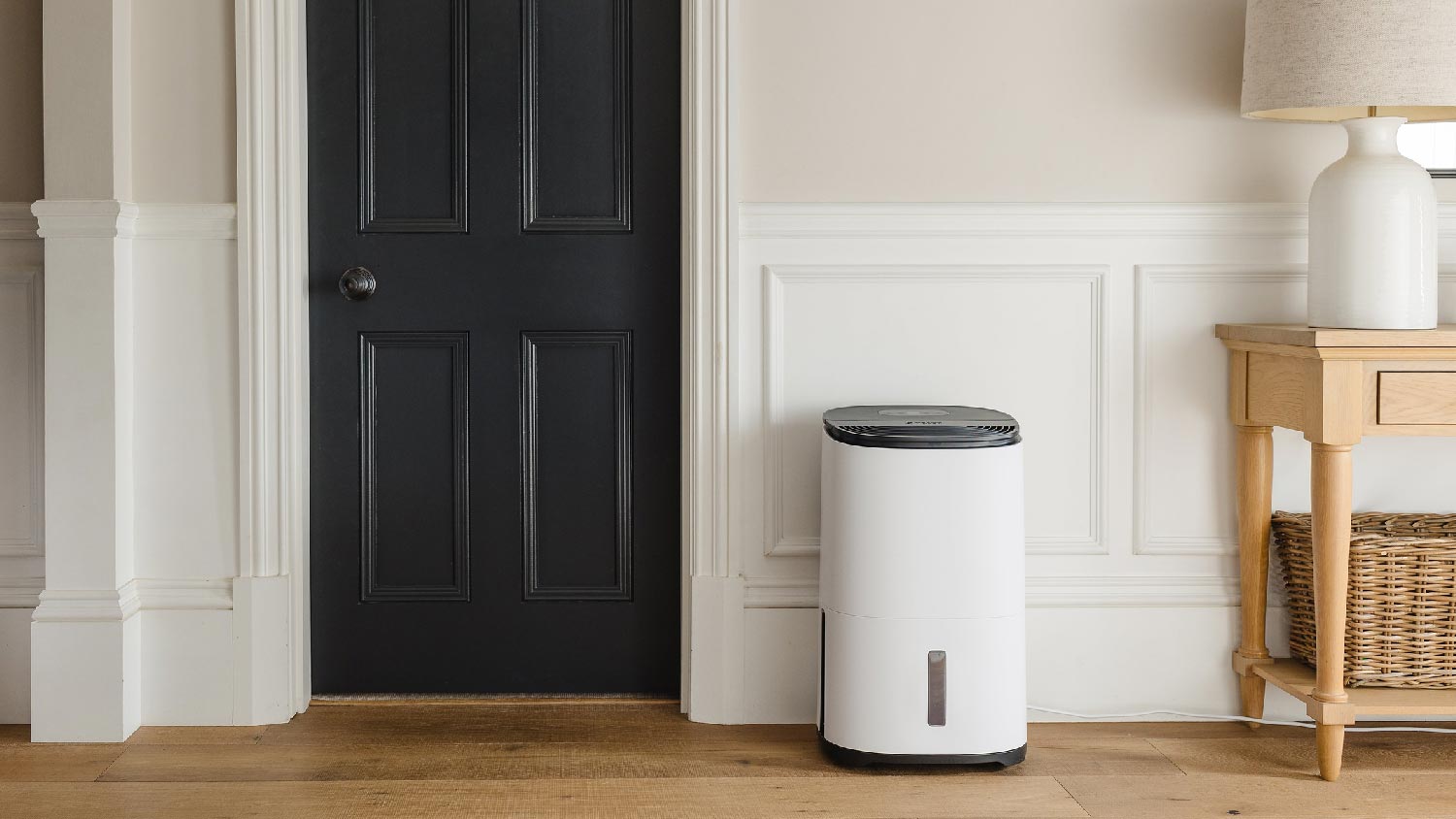

- Furnace Repair
- Air Conditioning Repair
- HVAC Repairs
- Furnace Installation
- Wood & Pellet Stove Repair
- Dehumidifier & Humidifier Repair
- Heat Pump Companies
- Swamp Cooler Repair
- Wood Stove Services
- HVAC Companies
- Commercial A/C Repair
- Geothermal Installation
- Air Conditioning Installation
- Boiler Repair
- 24 Hour Furnace Repair
- Geothermal Repair
- Heat Pump Repair
- Humidifier Installation
- Thermostat Repair
- Thermostat Installation
- Nest Installation
- Heating & Cooling
- Heating Repair
- Furnace Cleaning
- Furnace Tune-Up
- HVAC Technicians
- Subcontractors
- Furnace Maintenance
- Plumbing & Heating Companies
- Wood Stove Inspection
- Mini Split Installation
- Wall Heater Repair
- Duct Installers
- What Are Air Ducts? Understanding Your Home’s Ductwork
- 9 Ways to Balance Duct Airflow
- How to Stop Condensation on Air Vents to Prevent Mold and Mildew Growth
- How Long Does Air Duct Cleaning Take? 4 Factors That Impact the Time Frame
- Condensation on Ductwork: Causes and Potential Solutions
- Does Air Duct Cleaning Help With Smells?
- What Is a Return Air Vent and What Does It Do?
- How to Open and Close Ceiling Air Vents
- When Is Insulation Required on Air Ducts? What You Need to Know
- How to Tell If the Return Air Is Working With These Simple Tips



